Finnish knitwear designer, Ronja Hakalehto, was asked to knit a hat for her new love—and that’s how her international knitting career took off
Ronja Hakalehto, 33, a Finnish and internationally popular knitwear designer, even knits on a boat in the middle of a lake. She believes she has the coolest job in the world: “If I don’t knit, my head starts to tighten.”
Amid rolling hills, by a lakeshore, Ronja Hakalehto creates popular knitting patterns and striking photos for a broad social media audience worldwide. The Finnish knitwear designer works from an old barn while also caring for her three children, four dogs, and six sheep.
Ronja Hakalehto, how did you become a knitwear designer?
As a child, I never fully caught the knitting bug. Fifteen years ago, I met my husband, and he asked me to knit him a hat. I browsed knitting blogs and saw some amazing projects. I knitted a simple black beanie, and I’ve been knitting from that day on.
I studied crafts-based expression and started a crafts blog and Instagram account. Eight years ago, I came across the knitwear designer profession and thought it was the coolest job ever. I still feel the same. Back then, a lot was happening: we moved to new town, I was expecting my first child, and I designed my first pattern, which I posted on the knitting community Ravelry.
I began creating my own patterns, had my second child, and when the kids started daycare, I founded my own company. Balancing family and work can be tricky, but it helps that I can do this at home. My spouse is also an entrepreneur, so we’re both flexible.

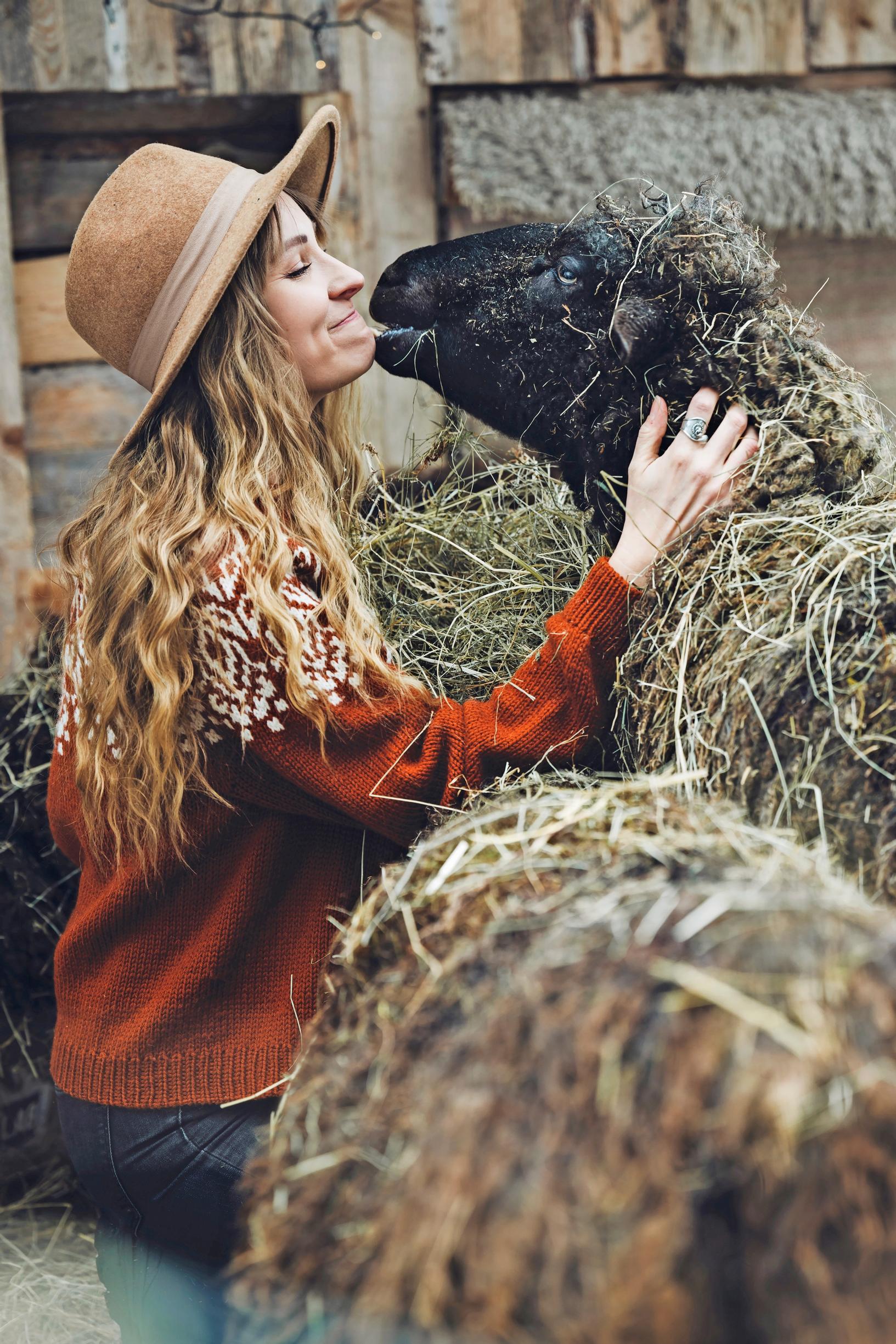
“My dad buys every magazine that features my designs.”

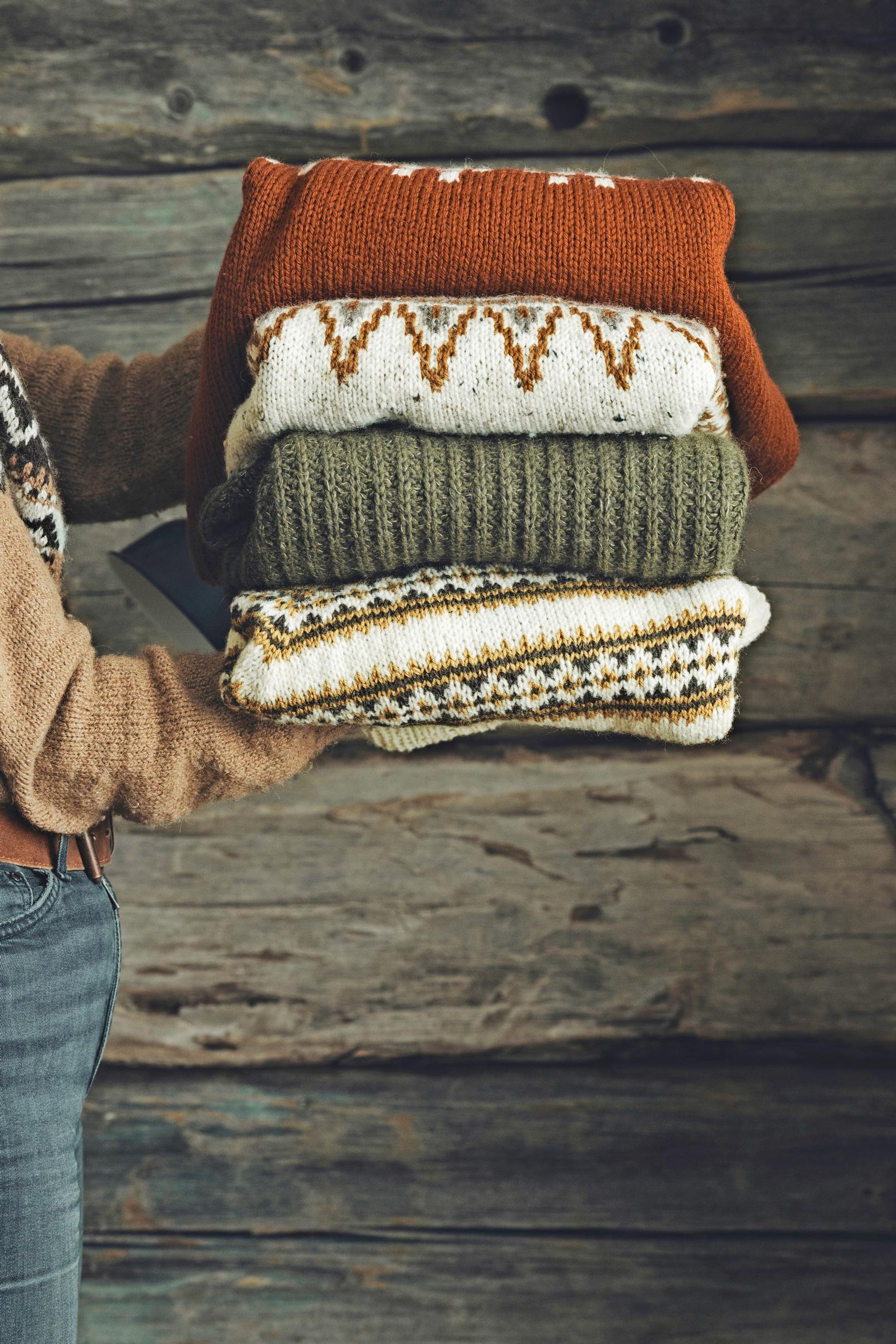
My husband has learned knitting terminology and often helps me write—he’s quite good at it. “What were you thinking when you made this piece?” he’ll ask, then jot down whatever I tell him. My dad buys every magazine that includes my patterns. My grandmother used to knit a lot. She doesn’t knit as much anymore, but there’s still something in my pattern style that’s similar to hers. My Anna-Liisa hat design features the stranded-knit pattern my grandmother often used.
How do you create your knits?
When I get a new yarn in my hands, it often seems to tell me what it wants to become. It’s always a fascinating mystery. I picture the finished piece in my head, and there’s typically a small story behind it. I’ll sketch the design and knit a swatch. From the moment I cast on, I’m already imagining the photo I’ll take and the mood I want. It’s always so exciting to start a new project that I can hardly wait.
Working as a knitwear designer is all about constant learning. You can always improve your pattern writing. When I design a piece, I need to figure out how to grade it for multiple sizes.

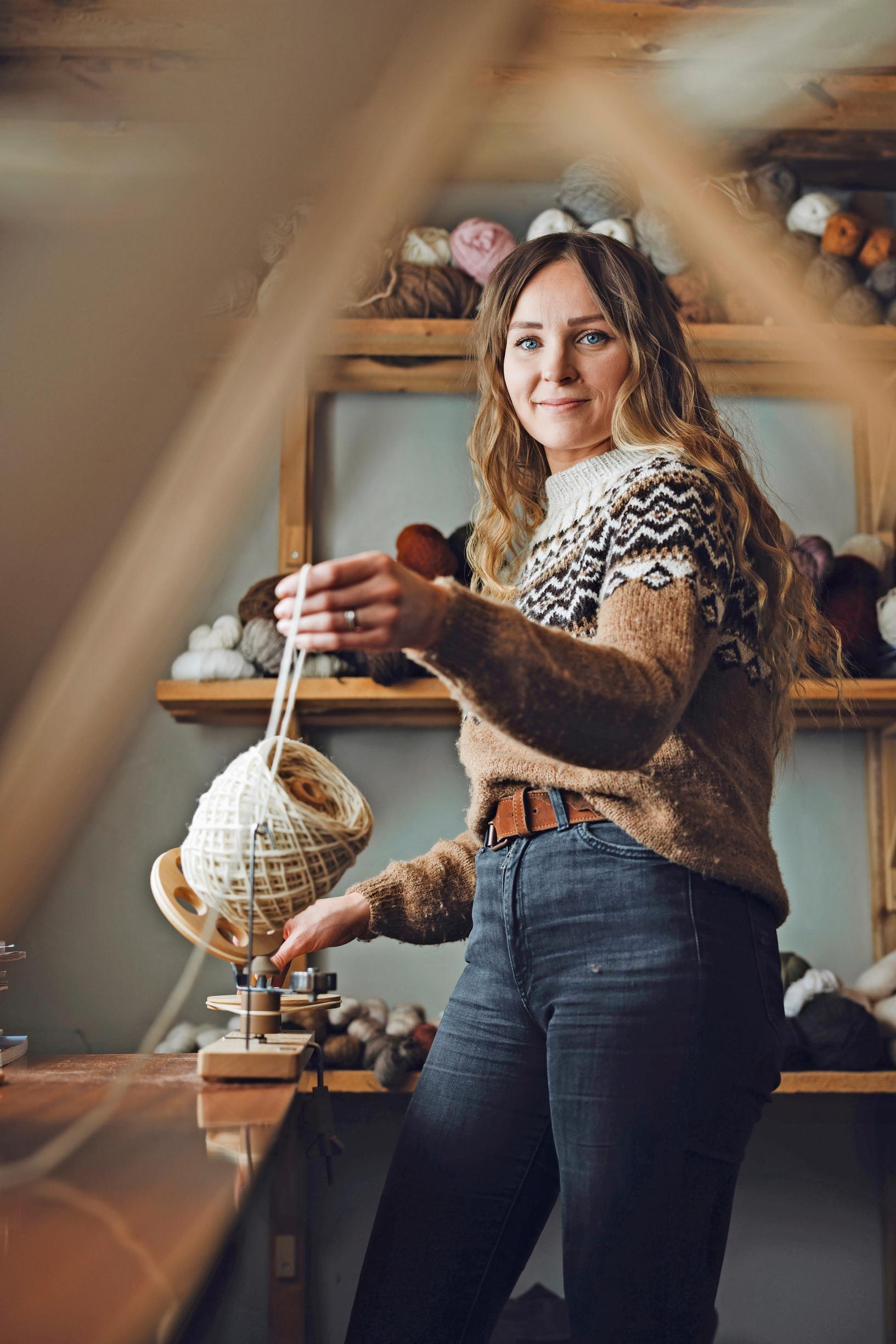

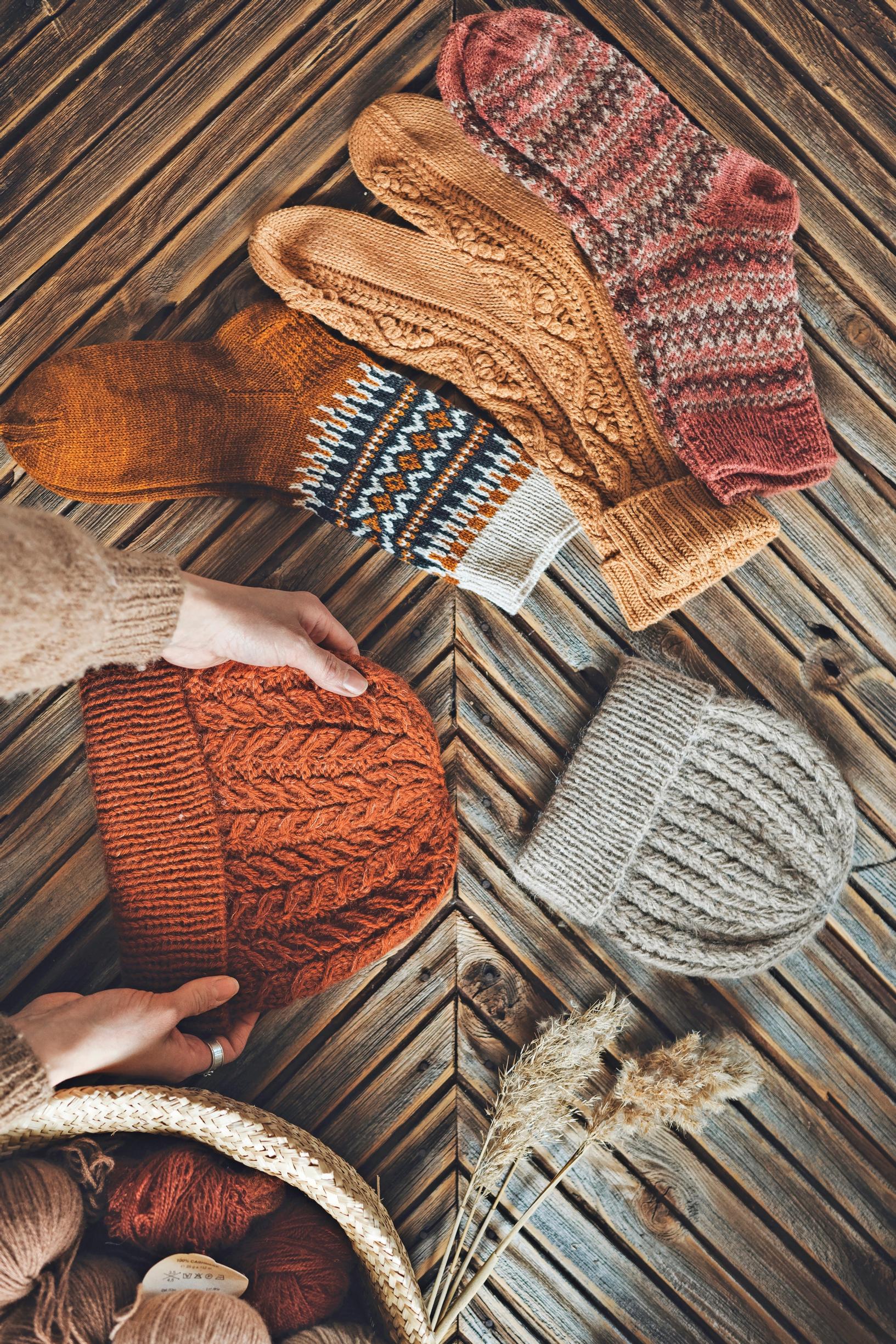
Did you dare to dream of a career as a knitwear designer?
I dreamed about being a knitwear designer, but I never really thought I could do it. Still, I truly wanted to do something creative. I’m also persistent and a bit of a perfectionist—I set the bar high for myself.
I trained as a visual artist and assumed I’d become an artist, but that never felt like the right fit. Knitting, on the other hand, flows naturally—I feel at home doing it. I’m a practical person, and I love that you end up with a garment you can actually wear.
“I might not work as a knitwear designer if I didn’t live close to nature. As soon as I head outdoors, my mind overflows with ideas.”

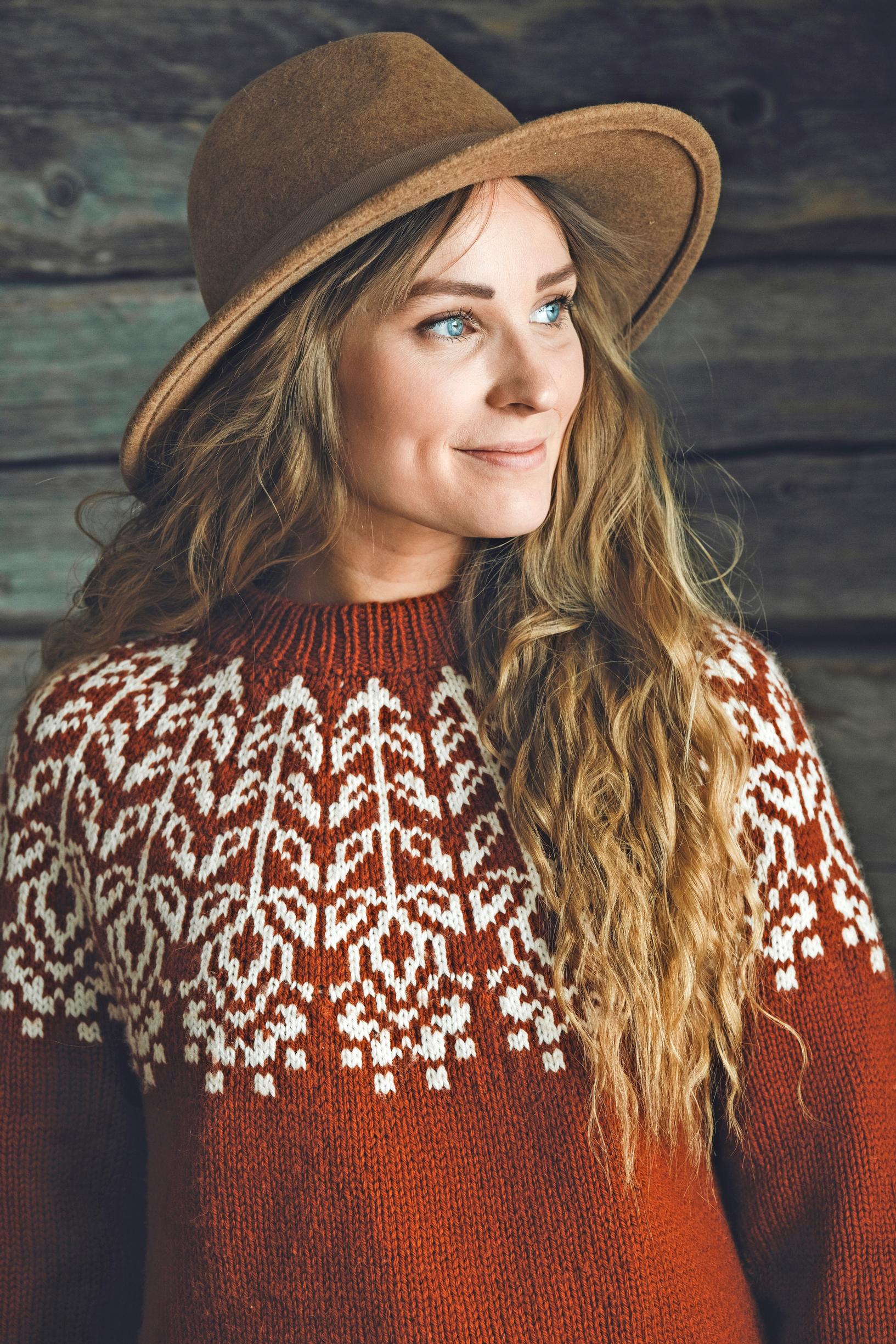

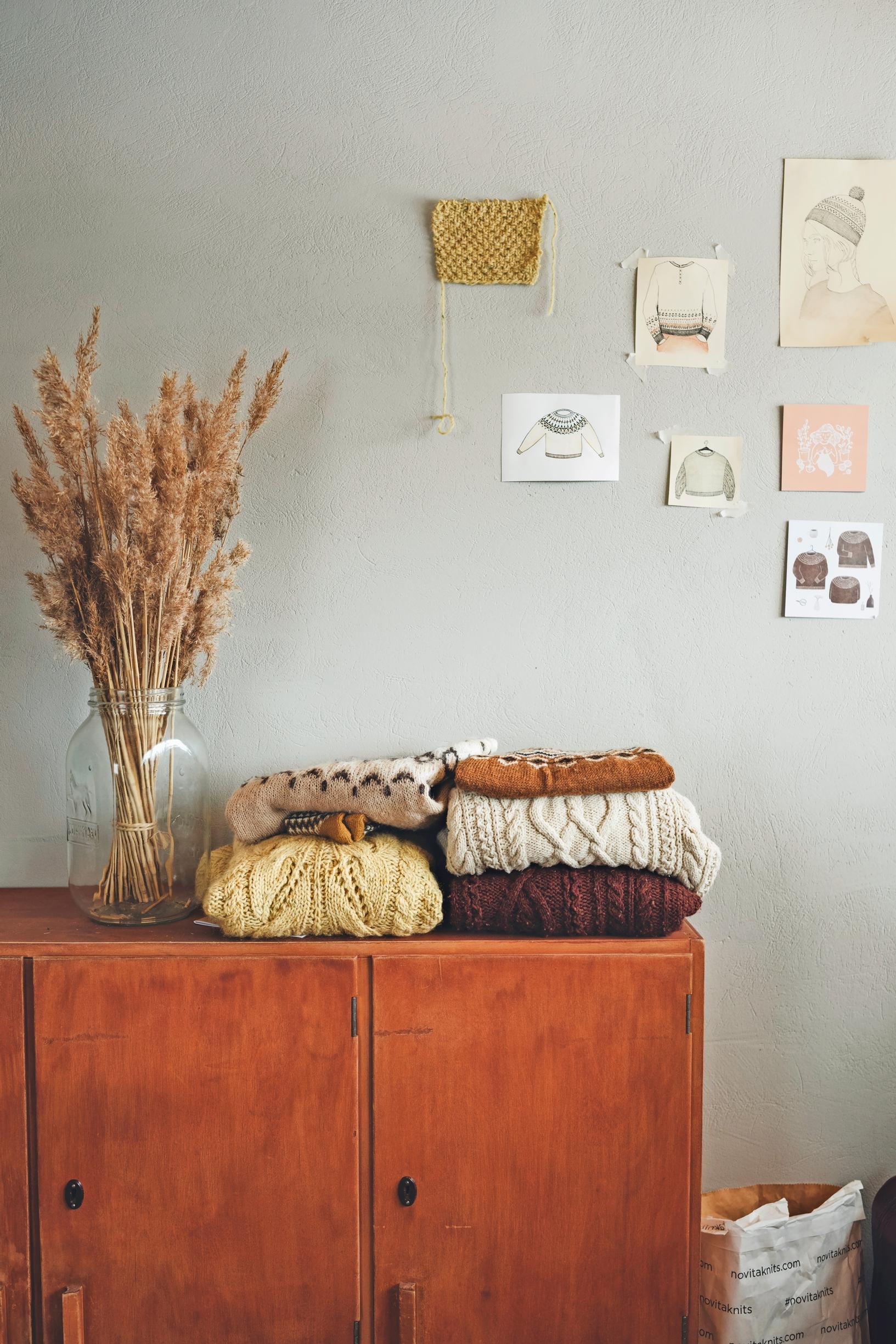

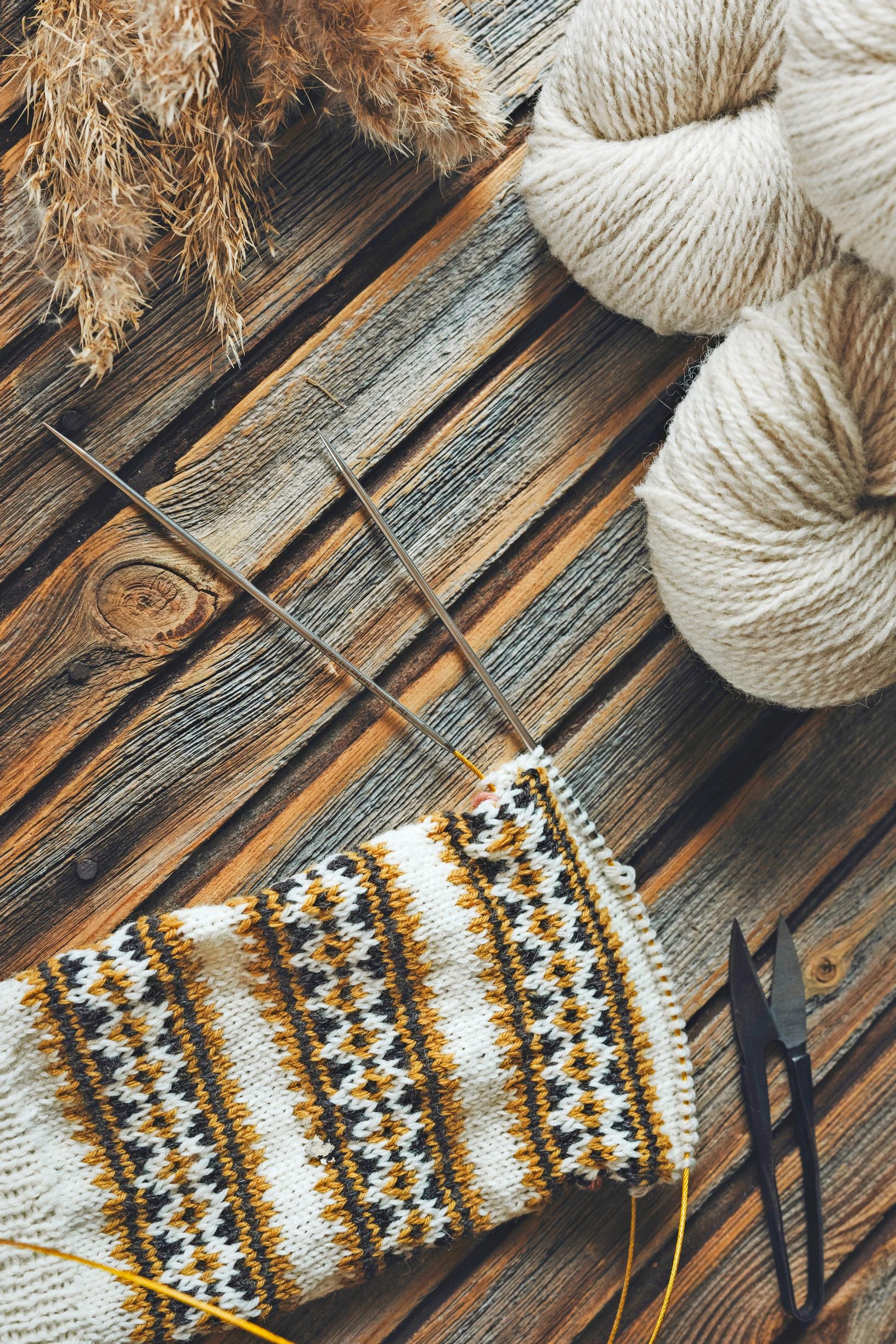
How does the surrounding nature influence your work?
Without living so close to nature, I might not be a knitwear designer. As soon as I step into the wild, my mind floods with ideas. I can photograph my knits right in our yard. Generally, I like to shoot in nature. Once, a muskrat showed up, and another time, I got to watch fox pups playing around.
Water is my element, and I’m always drawn to it. I absolutely wanted a house by a lake. My husband is a fisherman, and if I join him on the lake, I always bring my knitting.
I shot the cover photo for my first knitting book by the lake on a chilly autumn evening. Our side of the lake was already frozen, but one section still had open water. I bundled the children into the car and raced down to the shore right before sunset. The lake lay calm, and the sky and dried plants took on incredible colors. That night, the rest of the lake froze.
When you’re up at night with a baby, it’s important to remember your own well-being. In addition to knitting, my lifelines are hiking and dog sledding. Another place I unwind is our off-grid cabin, which has no road access. To reach it, I travel the last stretch on foot, with the sled, by snowmobile, or on skis.
“Sometimes I tell my family I just need to knit, and then everything will be fine.”

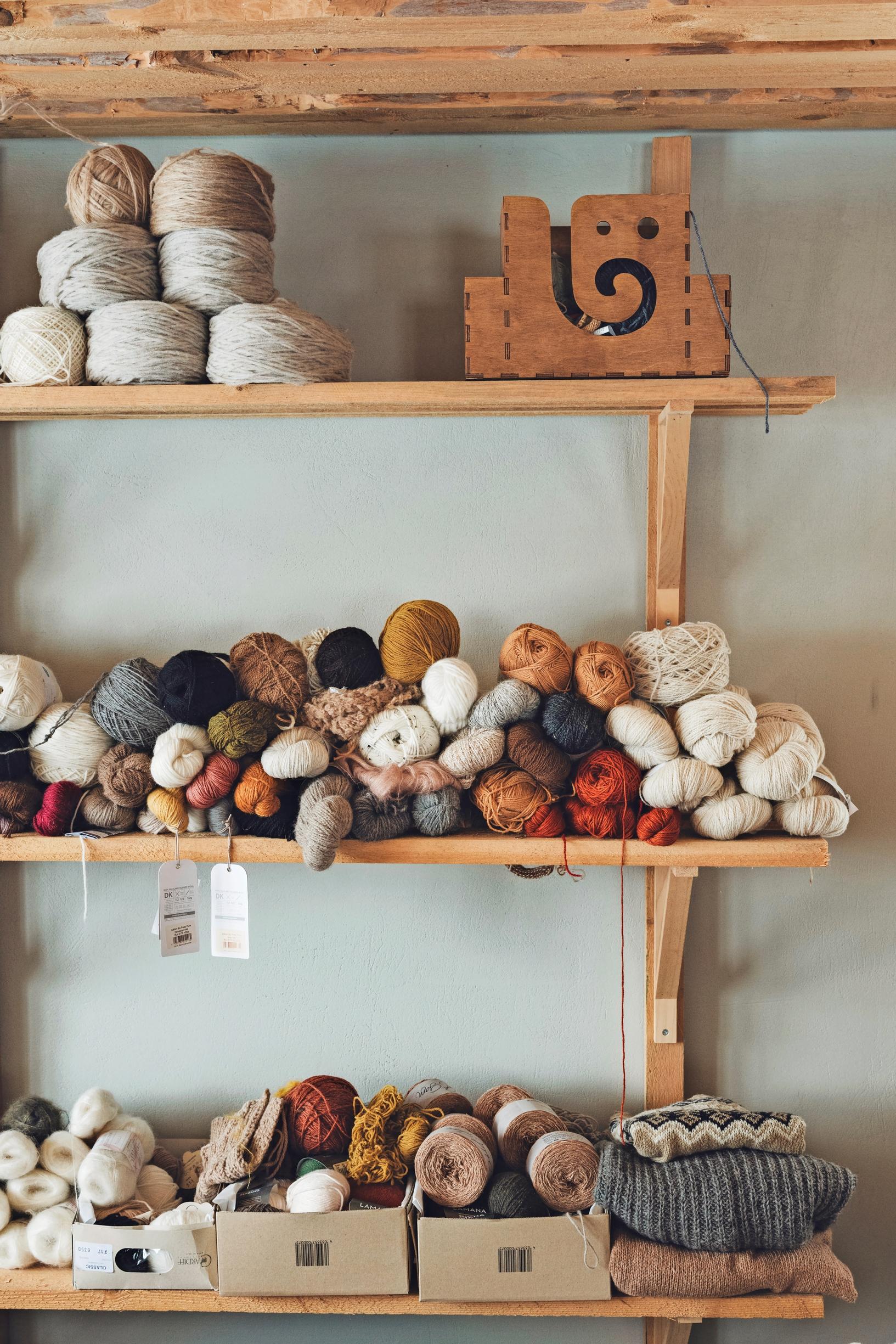

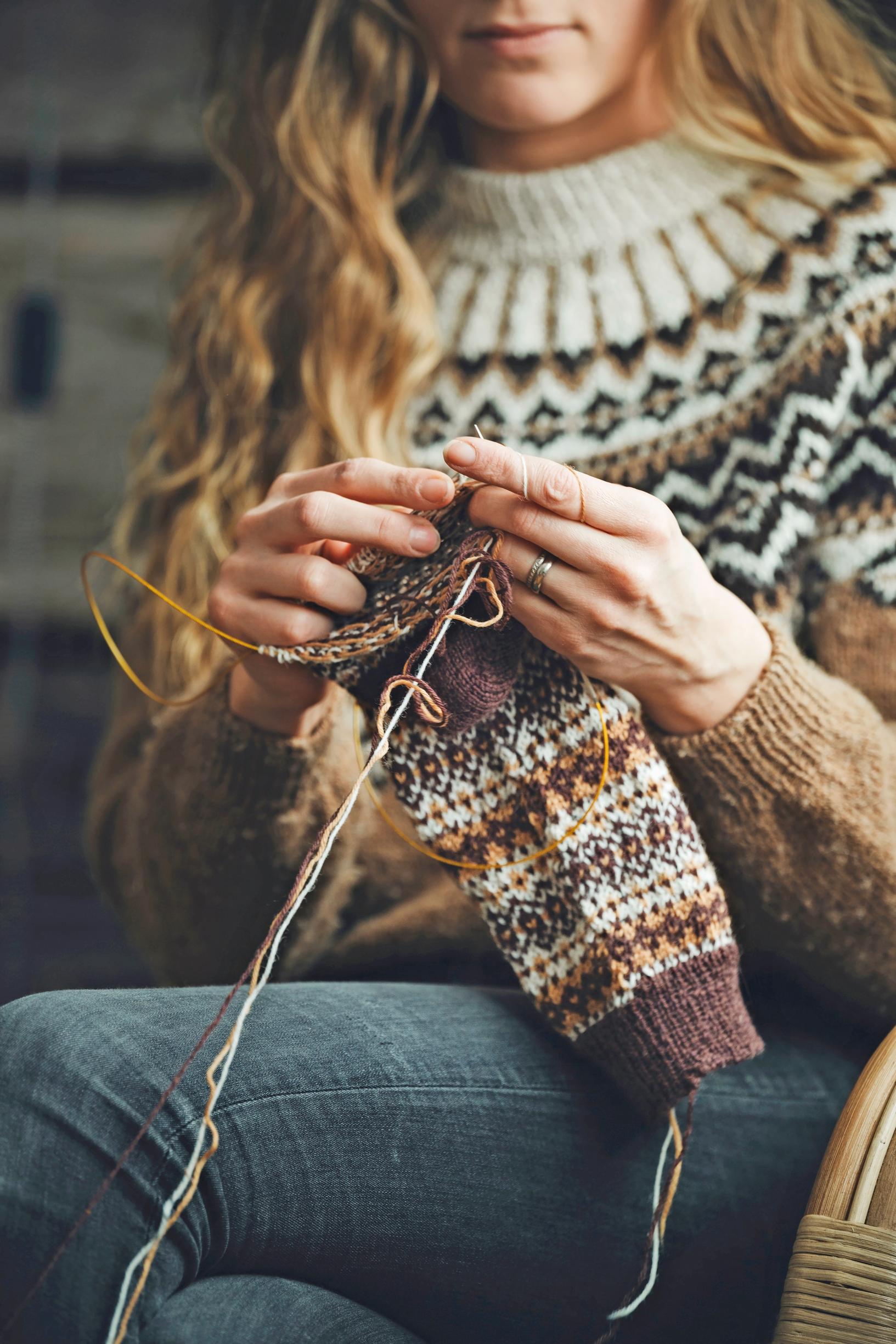
What does knitting mean to you?
Sometimes knitting is so fantastic I wish it would never end—I’ll slow down just to keep it going. Knitting realigns my focus and calms my mind. I notice if I haven’t been knitting, I get tense. That’s when I tell my family I need to knit, and everything will be good again.
Tips from Ronja Hakalehto for knitters
- A simple project for a beginner is a chunky-weight hat knitted on circular needles. There are many video tutorials online. If you get stuck, ask other knitters for help—we’re a helpful bunch.
- Seasoned knitters can push themselves with fine yarns and large stranded projects. There’s also plenty to explore with cables.
- When picking colors for stranded knitting, a useful trick is to snap a photo of the yarn balls and turn it black and white. You’ll see if there’s enough contrast so the colors won’t blend together.


